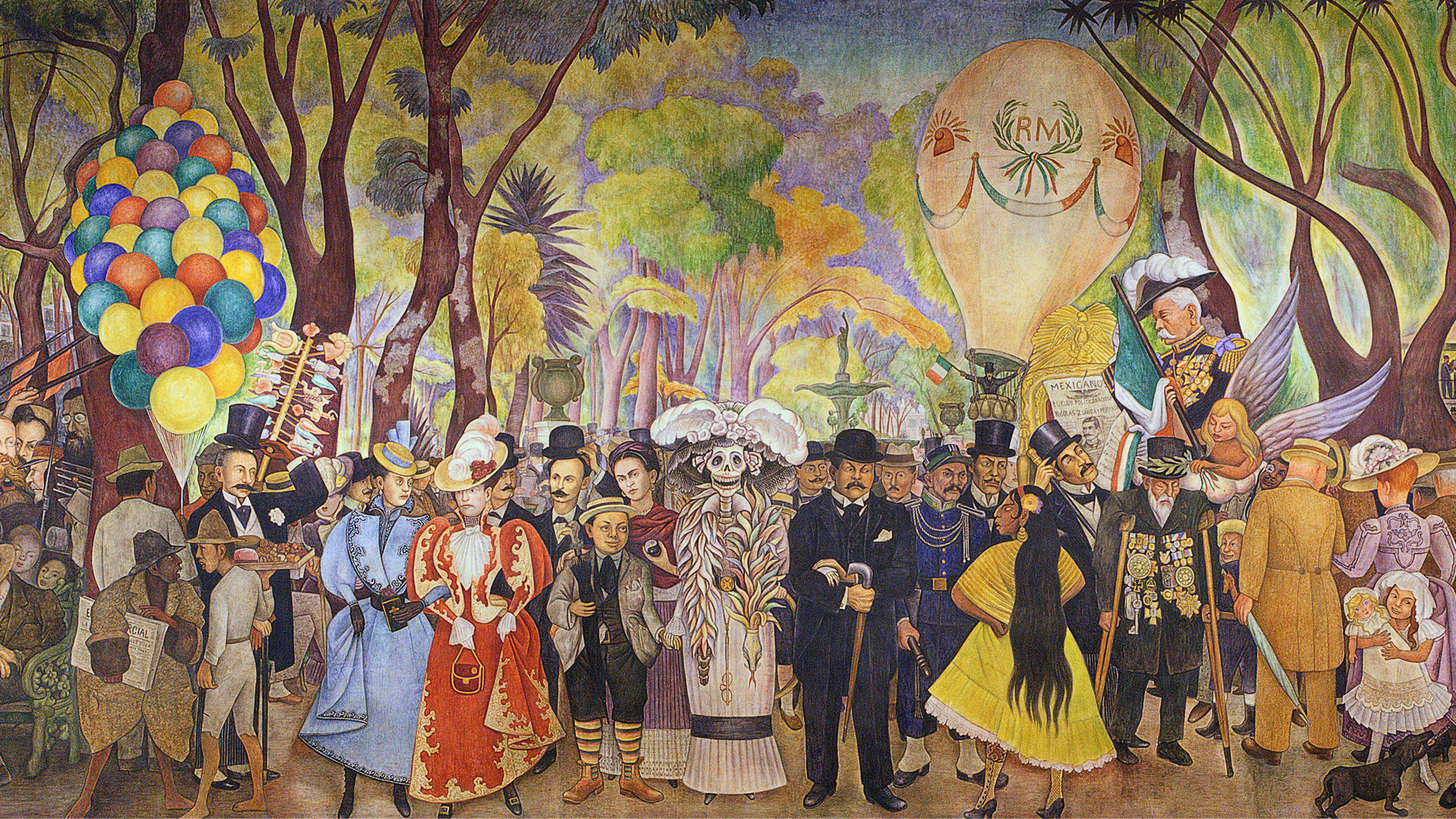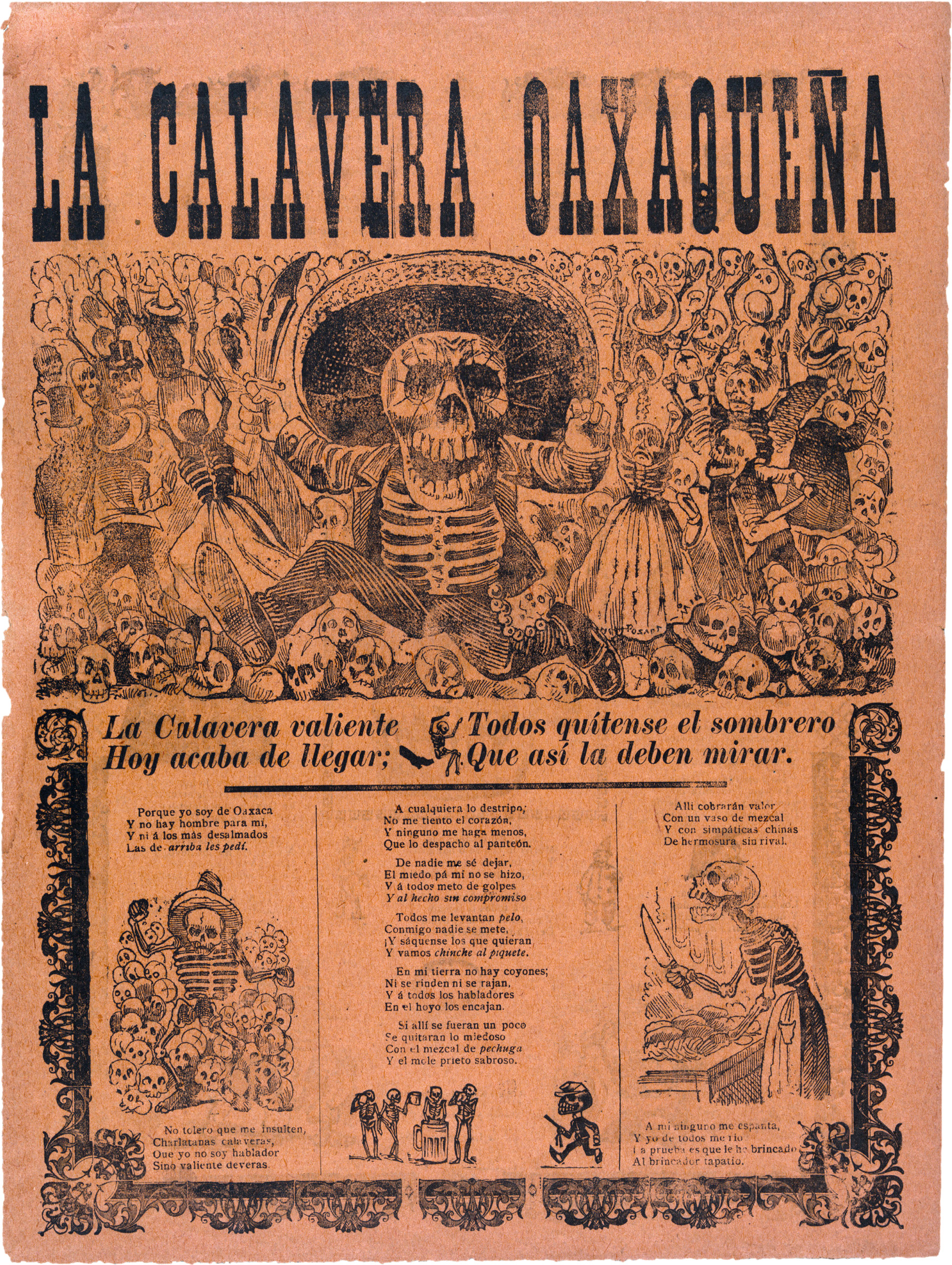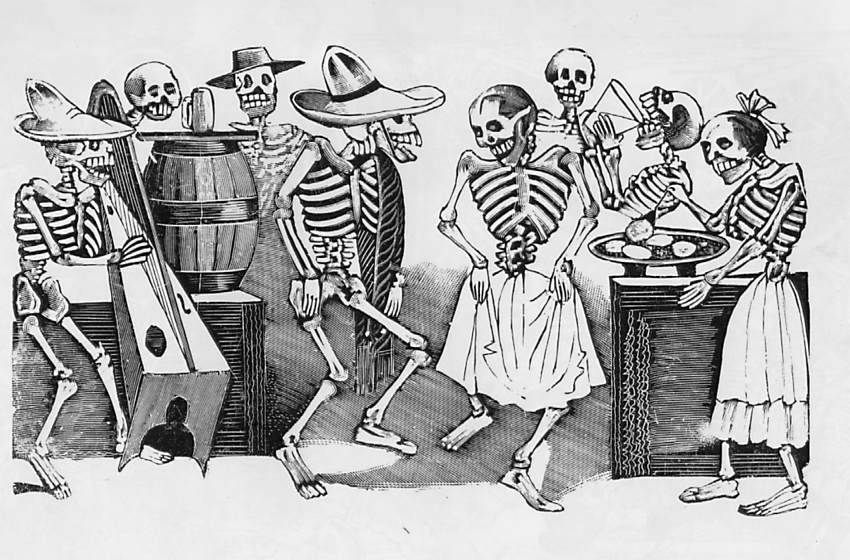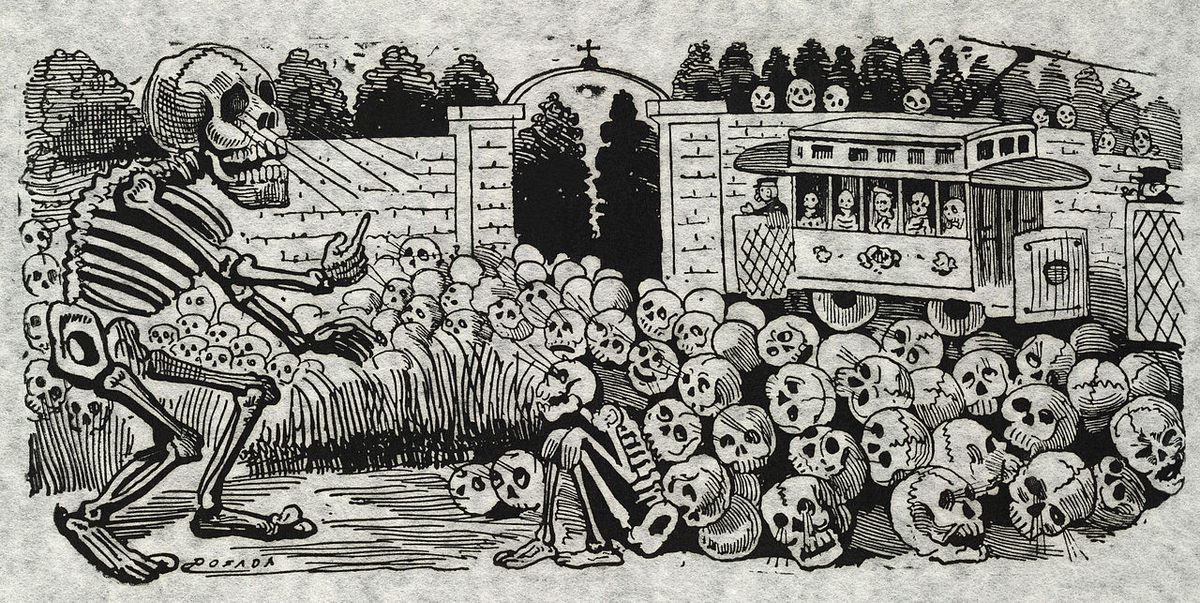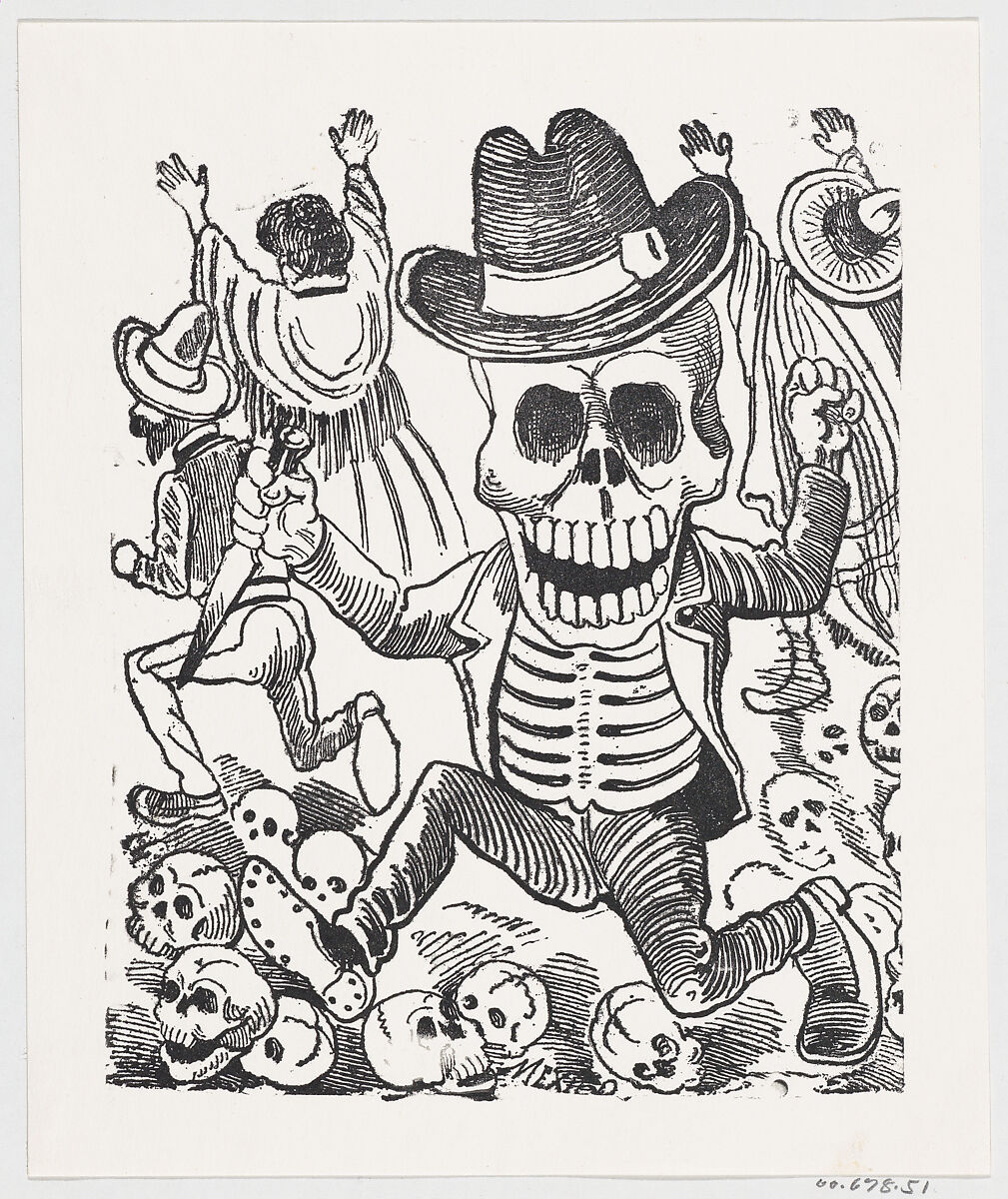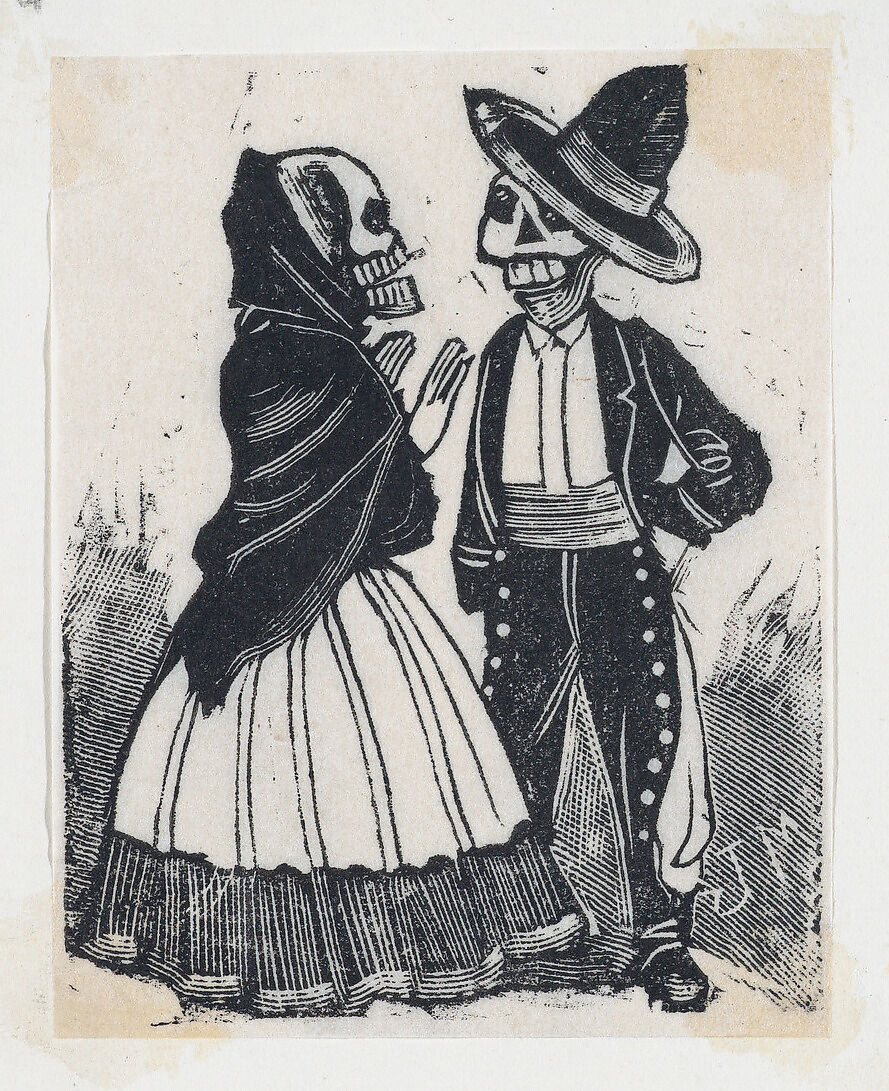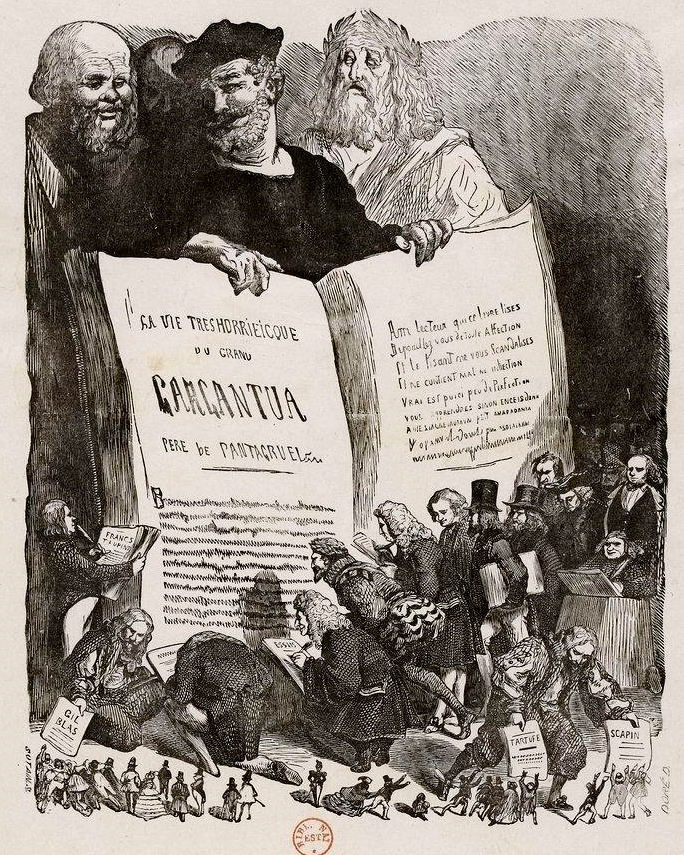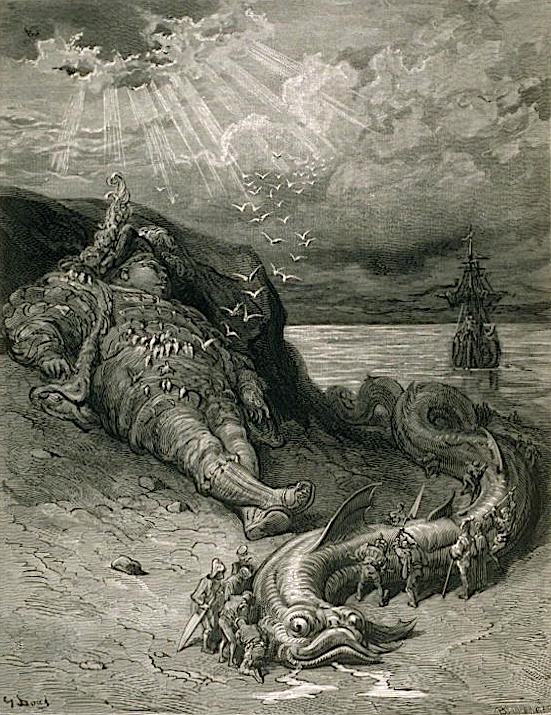“A Man, a Plan, a Canal — Panama”: we all know the piece of infrastructure to which this famous palindrome refers. But who, exactly, is the man? Some might imagine President Theodore Roosevelt in the role, given his oversight of the project’s acquisition by the United States of America. But it’s more commonly thought to be George W. Goethals, the Roosevelt-appointed chief engineer who brought it to completion two years early. Then again, one could also make the case for French diplomat Ferdinand de Lesseps, who originally conceived of not only the Panama Canal but also the Suez Canal. And as long as we’re reaching back in history, how does Leonardo da Vinci strike you?
True, Leonardo died roughly four centuries before the Panama Canal broke ground. But that its mechanism works at all owes to one of his many inventions: the miter lock, documented in one of his notebooks from 1497. The design, as explained in the Lesics video above, involves “two V‑shaped wooden gates” attached with hinges to the sides of a river.
Given their shape, the water flowing through the river naturally forces the gates to close, one side forming a neat joint with the other. Inside, “as the water level rises, the pressure on the gate increases,” which seals it even more tightly. To facilitate re-opening the “perfect watertight lock” thus formed, Leonardo also specified a set of sluice valves in the gates that can be opened to even out the water levels again.
The twentieth-century builders of the Panama Canal benefited from technologies unavailable in Leonardo’s time: powerful motors, for instance, that could open and close the gates more efficiently than human muscle. And though it has undergone improvements over the past century (such as the replacement of the geared system attached to those motors with even more effective hydraulic cylinders), its structure and operation remain visibly derived from Leonardo’s elegant miter lock, as do those of the Suez Canal. About 80 ships pass through those two famous waterways each and every day, and ships of a size scarcely imaginable in the fifteenth century at that: not bad for a couple pieces of 500-year-old engineering.
Related content:
Explore the Largest Online Archive Exploring the Genius of Leonardo da Vinci
The Ingenious Inventions of Leonardo da Vinci Recreated with 3D Animation
Leonardo da Vinci Draws Designs of Future War Machines: Tanks, Machine Guns & More
Based in Seoul, Colin Marshall writes and broadcasts on cities, language, and culture. His projects include the Substack newsletter Books on Cities, the book The Stateless City: a Walk through 21st-Century Los Angeles and the video series The City in Cinema. Follow him on Twitter at @colinmarshall or on Facebook.

